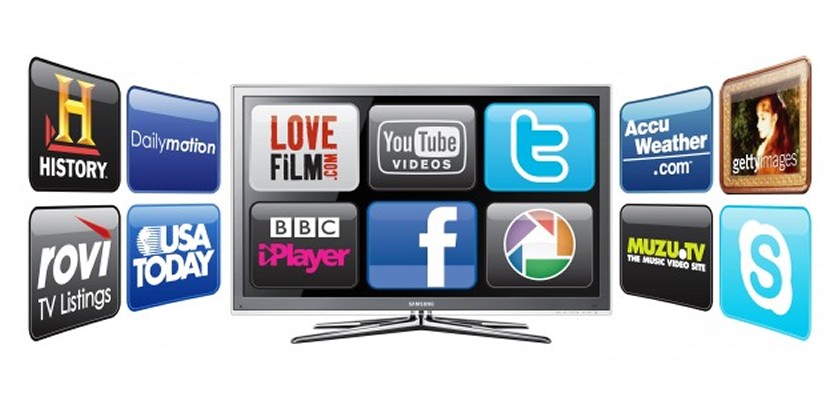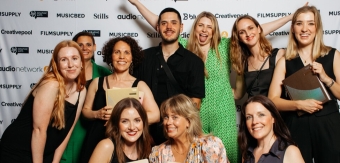Social TV behaviours - the simultaneous use of television and social media - have continued to evolve over the years; shifting from consumers passively consuming TV - to socially consuming TV as more and more social platforms becomes accessible via different devices and sources. A new study from the Connected Home UX (CHX) group at Strategy Analytics (www.strategyanalytics.com) has found that, while use of social media when watching TV is high, use in relation to what is on the TV is low.
"Social TV concepts are more suitable for a personal device, rather than a collective viewing experience."
Surveying consumers in the US and UK, Strategy Analytics discovered that social media opportunities built into programming were appealing to some, but others found them to be 'distracting' and 'intrusive' to their TV experience. Similar to consumer frustration with embedded TV apps for the 'smart' TV, participants felt social TV concepts more suitable for a personal device, rather than a collective viewing experience. Moreover, social TV concepts do have the potential to change the way in which consumers interact with social media in relation to what they watch on TV, but must incorporate certain features: be easy to use and navigate on the bigger screen, provide an individual and a collective TV experience, be customisable, and offer new capabilities and features that are unavailable on the personal device.
"Many consumers are still using offline communication by text messaging friends."
Taryn Tulay, Senior Analyst and author of the report commented "Many consumers are still using offline communication by text messaging friends/family about what they are watching on TV, as it offers a more private and personal means of conversing about a TV show/event However, using social media to see what others are posting about a TV show is the most frequent social TV behaviour by survey respondents in all regions. This is typically performed in order to see other viewers' reactions to the show, or to clarify something that is confusing; providing extra insight or a different view on what happened in the show or event."
"TV networks themselves are attempting to use such behaviours to their benefit."
Meanwhile, Diane O'Neill, Director of User Experience Innovation Practice, added "Ultimately social networks and companion app developers have and should continue to integrate new features to account for evolving social TV behaviours as TV networks themselves are attempting to use such behaviours to their benefit - free advertising."
Read the full report: http://bit.ly/1LFZArk






